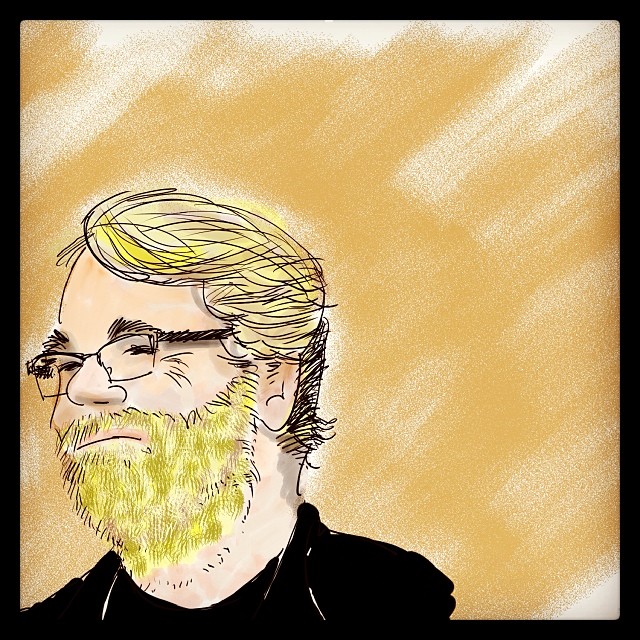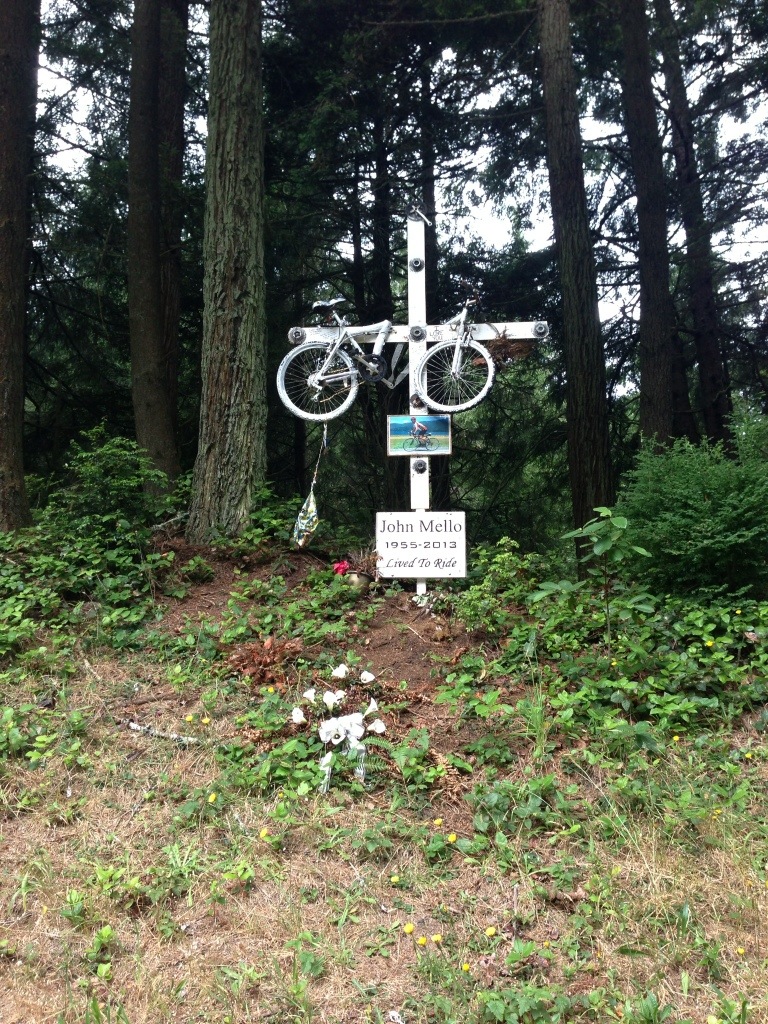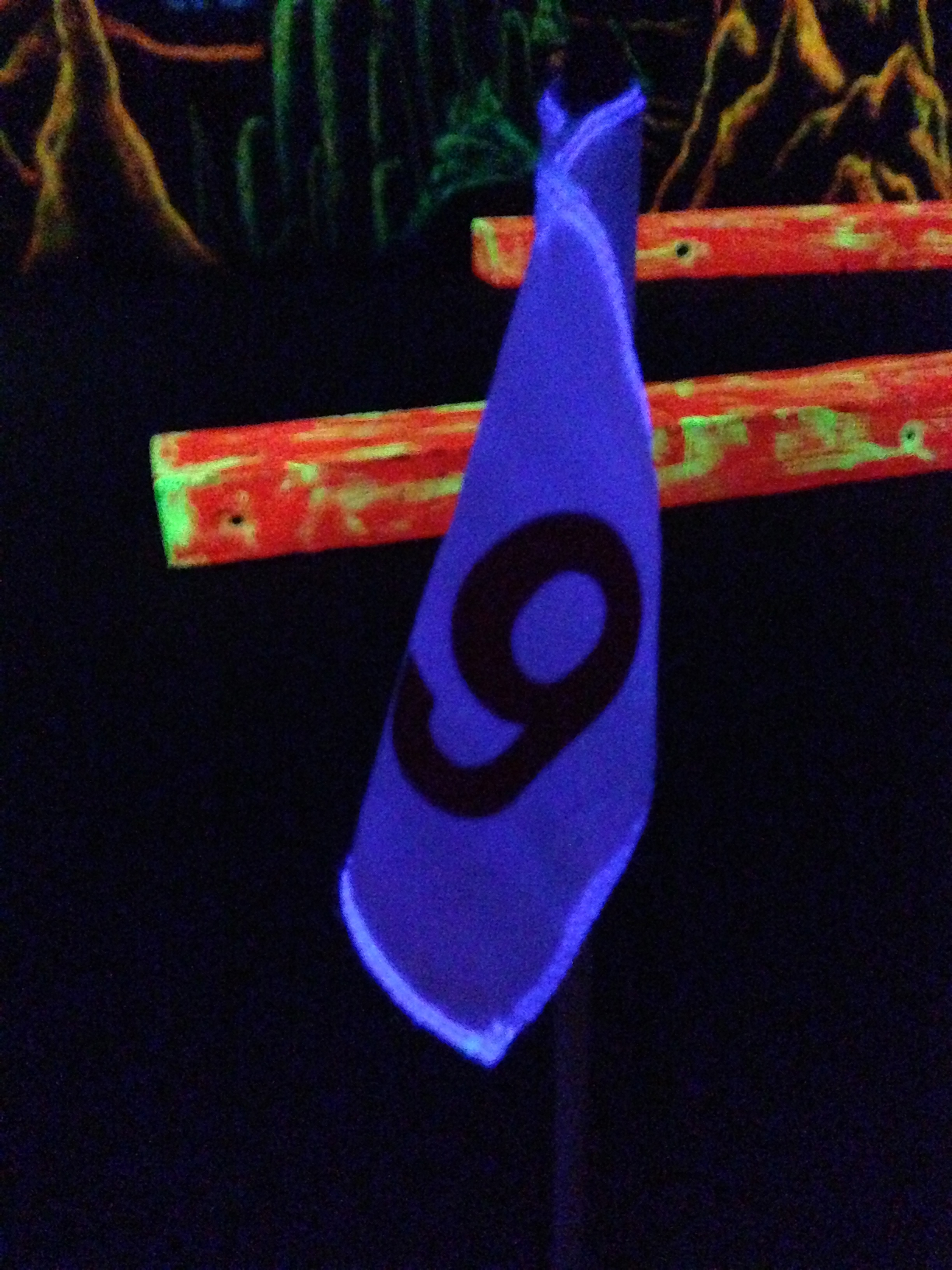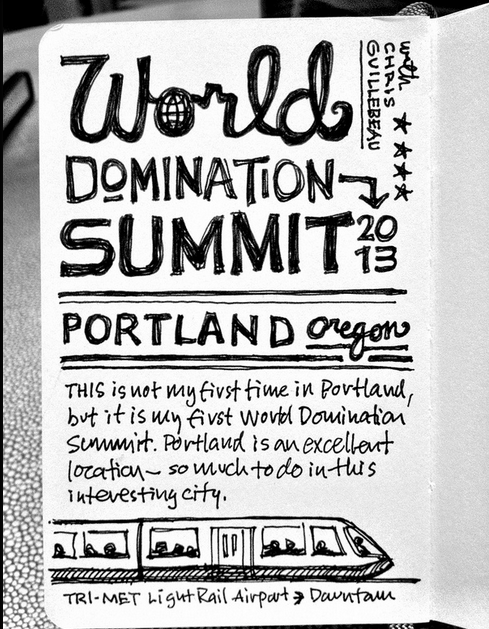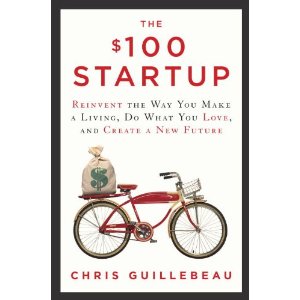Two of my favorite bands are no more. They have two things in common – at one time or another, both were the biggest bands on the planet, securing massive success off of seminal albums. They also lost their lead singers to suicide. One band hung it up immediately, while the other desperately tried to find a new frontman for a decade, but found it was a doomed effort to replace the irreplaceable.
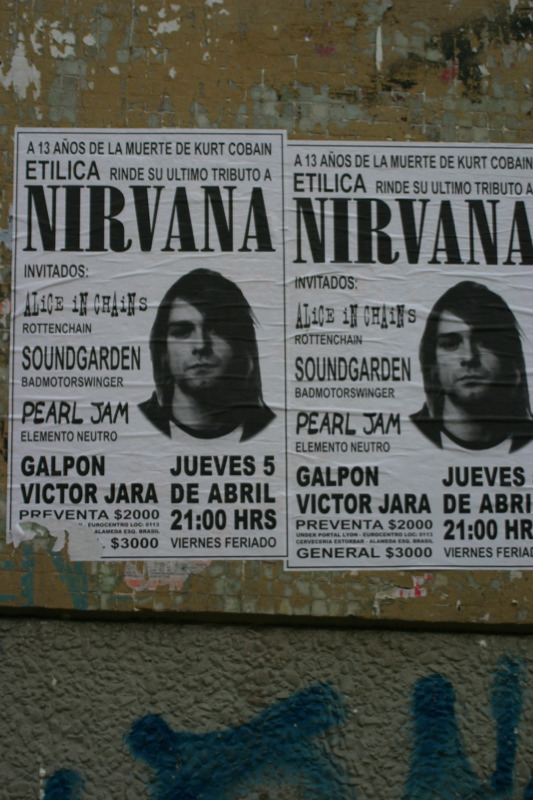
We’ll start with Nirvana. The name itself conjures emotions and memories for anyone who hit musical puberty in the early 90s. Cobain’s lyrics intertwined with the force of nature drums bashed to smithereens by Grohl alongside the oddly hypnotic baselines laid down by Novicelic. It was pop with punk sensibility. Or maybe punk with pop sensibility. I guess it depends on your point of view.((My favorite Kurt story comes from the Nevermind sessions. He thought doubling vocals – layering a second track of his own voice with another to provide depth and sometimes a bit of harmony – wasn’t punk enough… too “produced” sounding. Nevermind’s producer, the legendary Butch Vig (You know him from Garbage) knew Kurt was a semi-closeted Beatles fan and only had to mention, “John Lennon did it.” to get Kurt rushing back to the mic to lay down the double tracks.))
But, let’s not forget the band was dissolving before our eyes as Kurt left us behind. Is there any doubt In Utereo was going to be the last Nirvana studio album? I can’t imagine the three had enough interpersonal goodwill left after that, even in the alternate reality where Cobain finds a way to get past his demons and grow into his 40s with the rest of us. But the tensions were too high and the musical paths were diverging. All it takes is a listen to the difference between Foo Fighter’s first album and Nirvana’s last to hear Dave’s direction was different. Not better, not worse, but different. We probably got all the Nirvana we were ever meant to.
Fast forward a few years after Nirvana’s sudden breakup and they gifted fans a gem… the previously unreleased single You Know You’re Right. It was almost as if the band reunited before our ears, letting us feel for those first three minutes and thirty-eight seconds that the rumors of Kurt’s death were exaggerated. For a moment we had Nirvana back, even though we knew deep down that wasn’t possible. That track was new to all of us and it brought us back. I had a similar moment the other day that was far more personal than Nirvana fans collectively had with You Know You’re Right. I found a track that was new just to me.
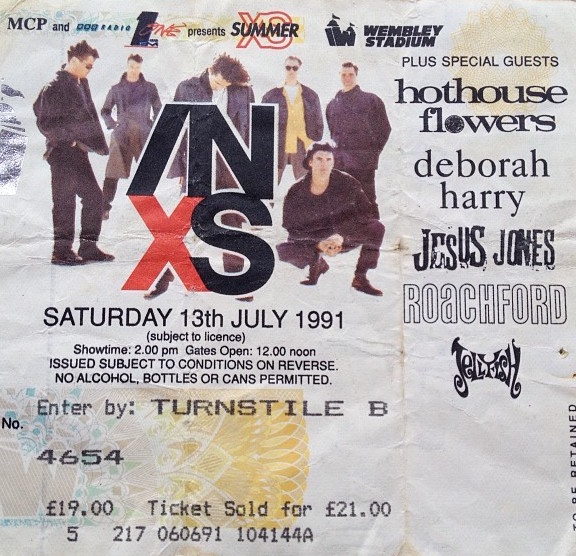
I may be the sole resident in the center of the Venn diagram((Of course Venn diagrams have three components – the third band is The Dandy Warhols, the psychedelic indie rock favorite from Portland. If there’s another resident in this teeny tiny overlap zone, we should hang out and interchangeably listen to Welcome to the Monkey House, then Bleach, then Shabooh Shoobah.)) charting Nirvana and INXS as personal favorite bands. Michael Hutchence’s death brought a promising comeback to a sudden, screeching halt. INXS started as the hardest working Aussie pub band of the late 70s, morphed into a classic New Wave 80s band and then took over the world with the rock-pop tidal wave Kick in 1987. No album could match that in sales, but I’ve always thought their best may have come ten years later with Welcome to Wherever You Are, which experimented with big sounds and strings in a way other bands hadn’t even thought about yet. I never bought their 1993 Greatest Hits album, mainly because I owned all the tracks on previous studio albums. What I didn’t know was there was a track recorded especially for the album called The Strangest Party (These Are the Times). Now, this song (apparently) was released as a single, did well and got some airplay. For whatever reason, even as a big INXS fan, I had never heard it until the other day. And it’s good! Fucking amazing actually. I’ve been listening to it nonstop, like you do when you find something that clicks with you and feeds your soul with every listen. This song is old hat to most INXS fans, but due to some odd, perhaps karmic, withholding The Strangest Party is truly new to me. For the last week it’s like Hutchence never shut the door to that Sydney hotel room for a final time. But we live in the real world and Cobain and Hutchence aren’t here. Their bands have disbanded, INXS much more recently – J.D. Fortune was not their only attempt to keep the flame lit, but it was easily the most unfortunate… pun intended.((I can’t articulate why, but I strongly feel it means I can personally declare the J.D. Fortune as lead singer experiment (remember Rock Star: INXS?) non-canonical and ignorable. Sure, as an INXS fan I religiously watched the show, but like I mentioned before… it’s folly to try to replace the irreplaceable. I think Grohl and Novicelic knew that.)) Nothing against him, but it never felt right.
While getting these two post-mortem songs felt good, I think the loss of the lead singers may have played a role in cementing INXS and Nirvana in my top band list. Let’s wave a magic wand and pretend both lead singers were still with us. Would their more recent offerings have diminished what they left behind? Do I think more or less of bands that have continued? U2? R.E.M.? Honestly, I care a lot less about these bands than I did in the past in part because their music evolved away from me – maybe vice versa. I love their older stuff, but I still haven’t felt compelled to see U2 live and I missed the chance with R.E.M. before they called it a career last year.
Maybe, as perverse as it sounds, I enjoy Nirvana and INXS more because the lead singers died untimely deaths. Perhaps we never had a chance to musically grow apart. Perhaps it locks their music in the amber of time and my nostalgic side turns to Bleach, Nevermind, In Utero, Listen Like Thieves, Kick, and Welcome to Wherever you Are as an emotional link to the past. I’ll never know the answer, but I’m glad I got the gift of a “new to me” track from INXS the other day. For a moment, it was like getting reacquainted with an old friend.

